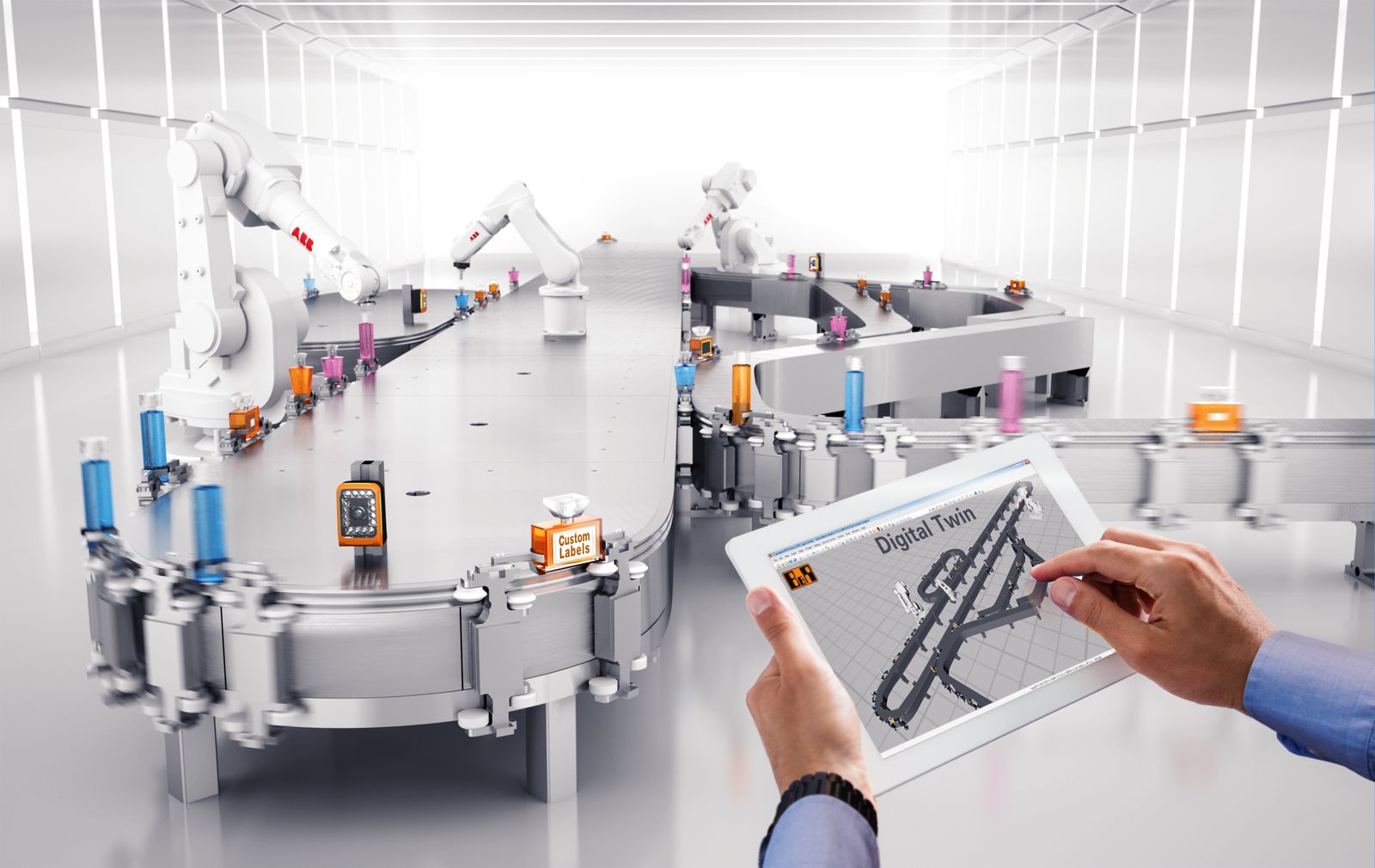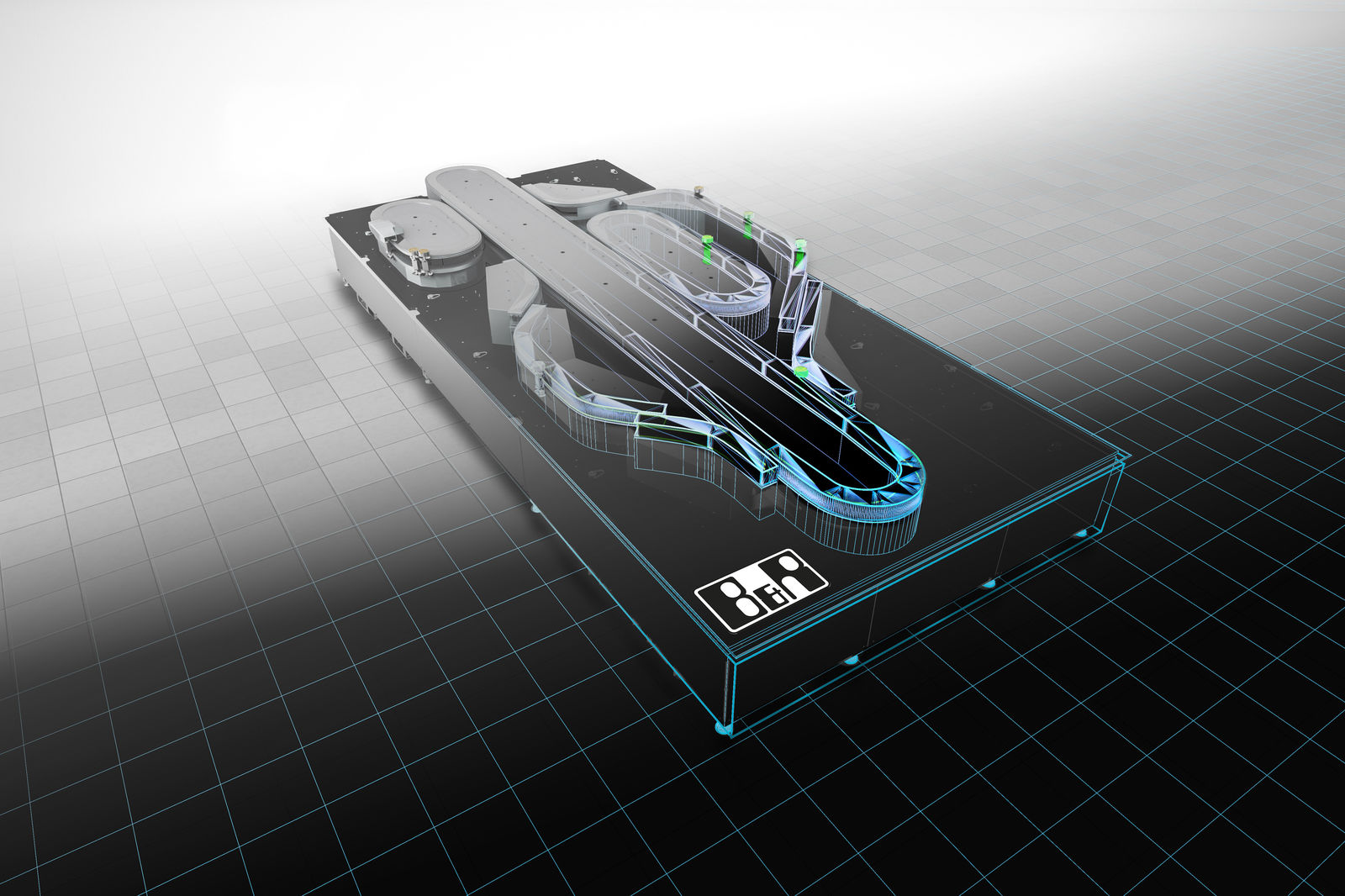Smaller batch sizes, shorter lifecycles and online shopping present numerous new challenges for manufacturers of packaged consumer goods. Mastering these new challenges calls for an entirely new breed of manufacturing technology: the adaptive machine.
A popular influencer plugging a particular product on Instagram is all it takes to send demand through the roof. In the next hour alone, thousands of consumers rush to order the coveted new item. Within 24 hours, the online shops have all been cleared out. As wholesalers rush to replenish their stock – manufacturers' options are limited: there is simply no way to fill the flood of orders in such a short time.
"Until recently this may have seemed an unlikely scenario," says Wlady Martino, industry expert for the packaging industry at B&R. "But it's becoming an increasingly routine experience we're hearing about from more and more producers. Clearly, we've reached a point where conventional machines can no longer keep up with the requirements of the manufacturing industry – and ultimately with consumer demand."

Four new challenges
Martino has identified a four key challenges facing manufacturers of packaged consumer goods in particular:
- Rapid SKU proliferation
- Increasingly variable batch sizes
- Unpredictable demand fluctuation
- Shorter product lifecycles
"The whole world is talking about batch size one as the greatest challenge facing manufacturing," says Martino. "But when I talk to machine builders and operators, it's more than just the batch size they're worried about. More often it's the combination of having to produce more product variants in drastically varying batch sizes on really short notice."
Another factor is the lifecycle of those products. In the past, any given product would be produced and packaged in an absolutely uniform way for years on end. These days, however, that time can be down to a matter of months. Seasonal and special offer goods are often only produced for a few weeks at a time. "And then there is the extreme case where you have individual products that are completely personalized," adds Martino. Each is produced only a single time – in a batch size of one.
Four qualities of the adaptive machine
Packaging machines have grown increasingly flexible over the years, but even this flexibility is no longer sufficient for the new requirements. What's needed is an entirely new breed of manufacturing technology. Martino: "We call it the adaptive machine."
An adaptive machine is defined by four key qualities:
- Profitable small-batch production
- Zero-downtime changeover
- Ready for unknown future products
- Accelerated product time to market
As SKUs proliferate and batch sizes become more volatile, changeover times have an increasingly pivotal impact on a machine's availability and productivity. An adaptive machine is able to change formats at the push of a button – or even produce a variety of products side by side.
"Since new and altered products are being added all the time, an adaptive machine also needs to be ready to produce products that didn't exist at the time it was built," says Martino. That's where the name adaptive machine comes from – the machine simply adapts to solve whatever challenge you place before it. This has a massive impact on the time to market for new products.

Wlady Martino, Packaging Expert, B&R
Four technologies to make it possible
The adaptive machine draws from a combination of new and existing technologies. The defining components are:
- Track-based transport
- Machine vision
- Integrated robotics
- Digital twins
The way conventional discrete manufacturing machinery works is almost exclusively sequential. That is, a conveyor belt moves the products through a sequence of processing stations with rigidly synchronized timing. Martino is more than convinced: "That's missing fundamental capabilities you need for an adaptive machine." Instead, the new breed of machine will be built around intelligent track-based transport systems that move each product through the line individually. These systems have the added benefit of allowing you to set up multiple instances of time-intensive stations, easily splitting up the flow of products between them and then merging them back together down the line.
"With an intelligent track system, it is even possible to clamp a product between two shuttles and transport it that way," adds Martino. That means each product can be a different shape and size without any need for mechanical changeover. The software simply adjusts the distance between the two shuttles automatically to accommodate each product.
The eye of the machine
For production to run smoothly, you need to know with complete reliability that each product will be where it needs to be at any given time. When both the products and their packaging are constantly changing, however, it would be far too much effort to make mechanical adjustments manually each time.
"But there is a solution to this challenge," notes Martino. An intelligent machine vision system can automatically recognize the shape, size and orientation of a product and pass that information on to a robot in less than a millisecond. The robot picks up the product at lightning speed, turns it as needed and then places it gently on a track system shuttle.

Digital twin – The virtual prototype
"When you bring all this hardware technology together in the same system, you suddenly have a world of new ways you can manufacture a product," says Martino. To get the full potential of what the hardware is capable of, however, you need the right software to go along with it.
In addition to an intuitive, user-friendly engineering environment, Martino says there is one software solution that is particularly important: simulation. "Digital twin technology plays a central role in eliminating both changeover downtime and hardware prototyping," he says. The digital twin makes it possible to simulate the entire manufacturing process before the physical equipment even exists. This gives you the chance to identify any potential issues and correct them in advance.
"With an adaptive machine, consumer goods producers can respond to changing requirements rapidly and in a way that is commercially viable," says Martino, summarizing the advantages of the new machine type. "Manufacturers will no longer lose sleep at the whim of a social media influencer."
Author: Stefan Hensel, Corporate Communications Editor, B&R